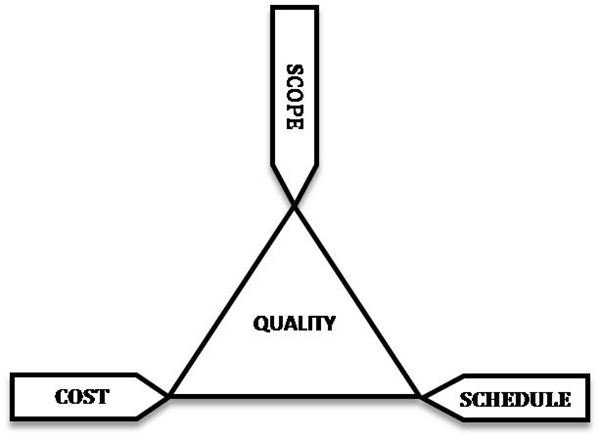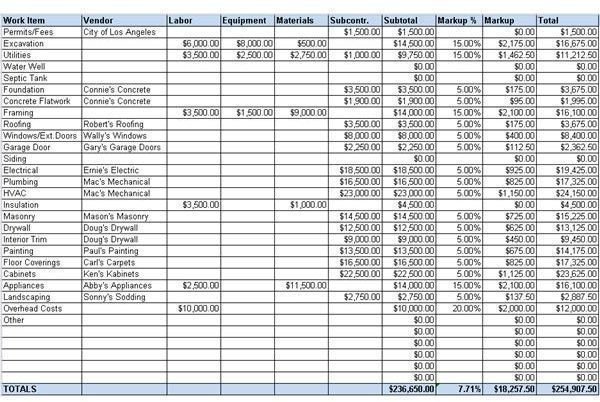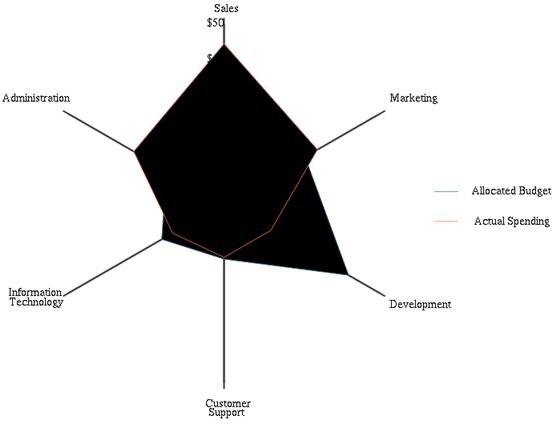Comprehensive Guide to Project Budgeting and Costing for Project Management Learners
Understanding the Basics
Having a sound foundation of the basic concepts is often the best empowerment tool for any undertaking. Otherwise, one could lose track of what’s important and realistic, which are pivotal to every project budget.
The concept of budgeting has since departed from its original purpose of simply providing a list of expenditures within which a venture or undertaking is confined. It has become an act of mapping out specific plans for optimizing the costs to be incurred within a specific time frame, by establishing not only the costs but also the procurement processes and fund utilization activities. Budgeting today includes organizing cash flow movements, integrating savings, and managing cost control and compliance with the project’s overall plans.
Clear out the grey areas and develop a clearer perception via this comprehensive guide to project budgeting and costing. Read and learn about project budget basics from the following articles:
- Project Planning Budgeting
- Basics of Project Portfolio Management
- Optimizing Your Budget in Project Portfolio Management
- Forecasting vs. Budgeting: What’s the Difference?
- Different Ways to Prepare a Project Budget - The Basics of Budgeting
- Guide to Business Budgeting and Forecasting Basics
The Preparation Stage

Preparation has always been a key initiative in any undertaking, since it involves the processes of identifying, estimating, allocating and coordinating requirements. In project budgeting, these are done by considering the use of different approaches since stakeholders take a keen interest in how the project funds will be sourced and utilized.
This is the planning phase where the project manager has to make a clear statement of the deliverables, requirements and activities in a scope statement and outline them in a work breakdown structure. The objective is to properly align the costs and resources with the planned activities, in order to come up with an unambiguous groundwork on which to base the cost estimates.
This includes the establishment of the baselines, which is similar to the standard costs used in cost accounting. Best practices also recommend the breaking down of milestones into smaller units when in the process of making costs estimation.
However, those who are still new to or still in the process of learning about project management may still find all these exercises a bit complex. There is no need to worry because you can find in-depth information about cost estimation, baselines and milestone decomposition in the following articles:
- Writing a Scope Statement
- The Importance of Critical Path Milestones
- Project Planning Typical Milestones
- The Relationship Between Work Breakdown Structure- WBS and Project Accounting
- Turning a Project List into a Project Budget
- Different Ways to Prepare a Project Budget
- How to Define A Project Baseline
- Developing a Baseline Budget for a Project
- What Are the Guidelines to Establishing a Project Procurement Plan
Identifying the Costs and Coming up with Estimations

Actually, the task of identifying the costs pertains not only to the amounts required but also the number of hours, the incidentals, the variables as well as the inflation rates. There should also be provisions for risk values in order to control the costs within reasonable limits in cases where unforeseen events take place.
The aim is to come up with approximations that are as close to reality as possible, but with the ever-present label that they are only estimates to avoid any misconceptions. Another important aspect of cost identification and estimation is that they should be done with proper consultations with all the parties involved.
Still, learners should not be overwhelmed with all there is to know about project costs and its estimations. Read-up on the following articles that give good guidance on how to go about these important steps in project budgeting and costing:
- Example of Costs in Project Management
- Estimation During Project Planning
- Project Planning as a Basis for Cost Estimating
- How Project Cost Estimation Evolves in Project Cost Management
- Aggregating the Costs of Ownership for a Cost-Intensive Investment
- Taming the Unknown: Accurate Cost Estimates Tips
- Characteristics of a Cost Estimating System
- Decomposition and Bottom-Up Estimation
- Come to the Closest Estimate for Your Construction Project Using These Great Tips
Estimating Cash Flows

By and large, the ultimate objective in developing the project budget is to ensure profits will be realized from the venture or investment. Thus, the real area of concern is to control costs without sacrificing quality, which comes with an assurance that a reasonable amount of return can be expected by the project sponsors and other key stakeholders.
The budget plan serves as a control tool for fund usage, while the cash flow estimations provide the boundaries within which the budget costs should be approximated. Most project failures that stem from budget overruns are caused by poor estimations. In estimating the cash flow boundaries, there should also be careful considerations for latent or hidden values that can affect fund availability.
These hidden values are represented by sunk costs or those expenses that cannot be recovered and opportunity costs or income that is lost due to the project’s fund usage. These are costs which cannot be integrated in the budget plan but are taken into consideration by limiting the amount on which to estimate costs.
Get a better grasp of how cash flow estimations are performed by perusing these articles about the tenets and theories observed in estimating the inflows and outflows of the project funds:
- How Internal Rate of Return (IRR) Is Used in Project Management
- How to Calculate a Project’s Internal Rate of Return
- What is Modified Internal Rate of Return: Explanation & Examples
- Estimating the Project’s Net Cash Flow: Will Expected Profits Be Worth the Risks?
- Paying Attention to Externalities as Deciding Factors for a Project’s Feasibility
- A Project’s Sunk Costs: Should You Ignore Their Effect?
Cost Management

Obviously, project budgeting and costing tasks are no mean feats to accomplish, thus requiring adequate knowledge of all its related concepts and methodologies. Yet, another important discipline which requires emphasis is cost management. This aspect covers the task of monitoring compliance with the budget plan and analyzing the variances or deviations from the targeted goals.
An understanding of this concept includes developing awareness of unforeseen problems that could crop-up. It’s a matter of being on one’s toes at the first sign of trouble and the readiness to take swift and decisive actions before problems are blown out of proportion.
Learn the importance of this discipline in relation to budget implementation since it is regarded as critical to a project’s success. Understand its significance by exploring the explanations offered by these articles:
- A Summary of PMBOK Practices - Cost Management
- How Do You Monitor and Control A Project
- Understanding the S-Curve Theory for Project Management Monitoring
- Project Management Keeps Projects within Budget
- Tools Used to Monitor and Control Costs in Projects
- Best Methods for Tracking Project Budgets and Metrics
- Cost Control Information Systems Need to Be Monitored
- Best Practices for Cost Control in Small Projects
- Protect Your Project Against Cost Overruns
Tips, Tools, Techniques and Technologies

The work involved in project budgeting is regarded by many as too technical and tedious, but this doesn’t have to be so. There are numerous project budgeting and costing tools, techniques and methodologies that make identifying, estimating, and monitoring easier to tackle and accomplish.
Read overviews and tutorials from the following articles, of how each tool, technique or technology could be harnessed in performing the various tasks of project budgeting:
- Techniques for Determining a Project Cost Budget
- How to Create a Project Budget Chart
- Using the Rolling Forecast Method to Pull Off Realistic Project Estimates
- Understanding Bottom-Up Budgeting
- Creating a Budget in MS Project
- Google Spreadsheets Project: Creating a Project Budget
- Top Cost Estimating Software for Project Management
- Top Project Budget Software Applications
- Reporting Format of Earned Value Method
Bookmark this comprehensive guide to project budgeting and costing to serve as a ready reference in case all the tasks at hand get to be confusing and overwhelming.
References
- Image: The triad constraints by I, John Manuel Kennedy T. under CC BY SA 3.0
- Image: Cash-flow by Oftcc under CC BY 3.0
- Image: S-curve by Eas4200c.f08.aero6.ortega under public domain.
- Image: Estimating Spreadsheet by Hooton99 under public domain.
- Image: Kirsten Trussler, a relief services assistant for the Navy and Marine Corp Relief Society, shows information Systems Technician Kimberly Parker how to use budgeting software by U.S. Navy photo by Mass Communication Specialist 2nd Class Michael Campbell under public domain.
- Image: Spider Chart by Ordoon under public domain.
